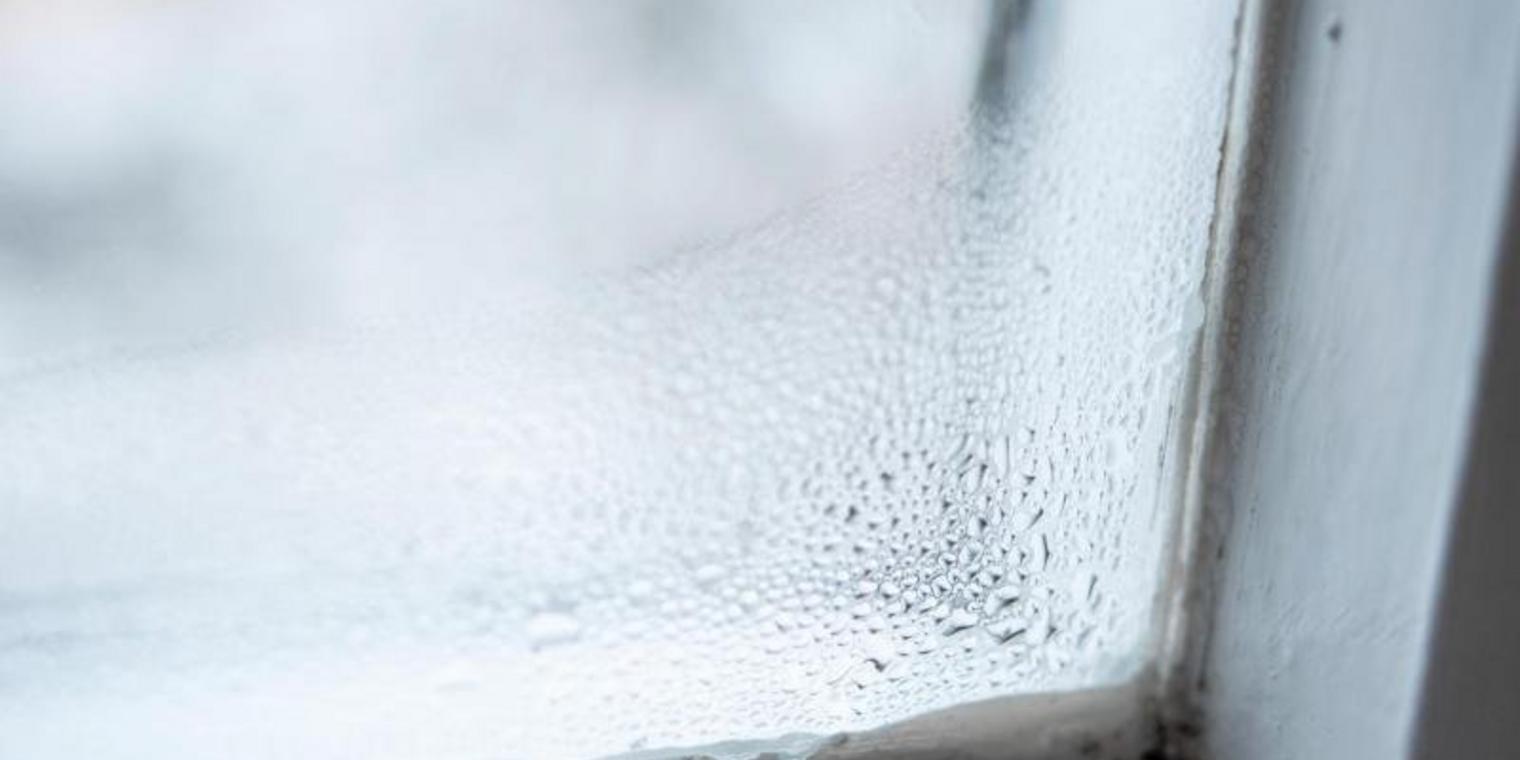How much should I breathe despite the frost?

Ventilation is difficult in icy temperatures. However, it is necessary every day and even several times – otherwise mold will form in the room.
How long should I breathe?
Regardless of the time of year, you should open the windows briefly several times a day for air. If it’s cool and cold outside, intermittent ventilation may be shorter. The Windows + Façade Association specifically recommends a five-minute ventilation time per unit at sub-zero temperatures. At zero to plus ten degrees, each ventilation should be ten minutes, more than ten degrees and 15 minutes.
Does this apply to all rooms?
How often individual living spaces must be ventilated depends on many individual factors. For example, whether you are in a room and breathing. Or he sweats in bed at night. Cooking, bathing, and bathing are the main sources of moisture. After that, it must always be ventilated directly. As a rule, the Consumer Center in Mecklenburg-Western Pomerania also offers: the more people live in the house, the more often it should be broadcast.
Why is it important to exchange warm air versus cold air?
It’s not about temperature, it’s about lowering humidity. Rough explanation: The warm and heated room air is able to store a relatively large amount of water. If it collides with the walls of the room, especially the exterior walls of the house, moist air condenses on it. The water film is an ideal breeding ground for mold. This is more likely to occur in the corners of a room, in niches and around windows, but also directly behind furniture on an exterior wall.
How do I know that the humidity is too high?
The hygrometer, an air humidity meter, provides an indication of when ventilation is due again. If the humidity value shows more than 60 percent you should open the windows, which is the general advice.
Hans Weinreuter of the Consumer Center in Rhineland-Palatinate confirms that the value depends on the outside temperature and the insulation standard of the home. On cold days, the upper limit for old, not well insulated buildings can be 40 percent relative humidity, while new, well-insulated buildings can easily handle 55 percent.
If condensation occurs on the window or wall, then the humidity in the microclimate is already 100 percent. But mold actually grows at a relative humidity of 70 to 80 percent, explains the Consumer Center in Mecklenburg-Vorpommern. At this value, the surface does not feel moisture and condensation cannot be seen.
© dpa-infocom, dpa: 210208-99-350040 / 2
dpa

Communicator. Reader. Hipster-friendly introvert. General zombie specialist. Tv trailblazer





